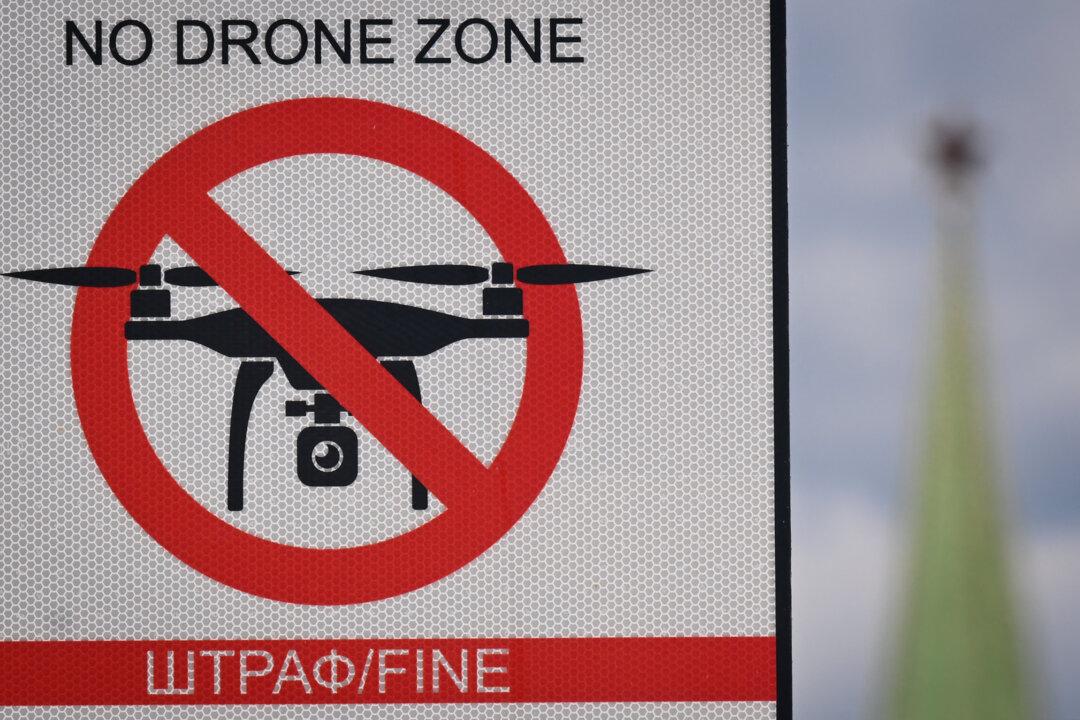LONDON—For the last year, I’ve been reporting on the Ukraine war. I’ve been back and forth to the front lines, embedded with Ukrainian troops and civilian volunteers. I’ve been on the receiving end of Russian weapons, including tanks, heavy artillery, mortars, machine guns, grenade launchers, sniper rifles, and good ol'-fashioned Kalashnikovs.
I don’t know for sure the nationalities of the soldiers on the other side of no man’s land who were trying to kill me. There’s nothing distinctive about the sound of an incoming shell or bullet that indicates whether the finger pulling the trigger was Russian, Chechen, Serb, or a bona fide Ukrainian separatist.
But I do know this: One cannot buy tanks, heavy artillery, drones, and surface-to-air missiles (like the one used to shoot down MH-17) from a department store in eastern Ukraine. I checked. And one cannot learn how to effectively use this equipment in combat from a YouTube video.
Additionally, the attacks I witnessed were coordinated with drones and other sophisticated technology like communications jamming. Ukrainian troops near the front were instructed not to use their cell phones because combined Russian-separatist forces were using the signals to target artillery. That’s sophisticated stuff, similar to some of the technology the United States uses in combat.
The old maxim in journalism is “Show, don’t tell.” Well, that’s what I saw on the eastern Ukrainian battlefields. You decide whether or not Russia is involved.






